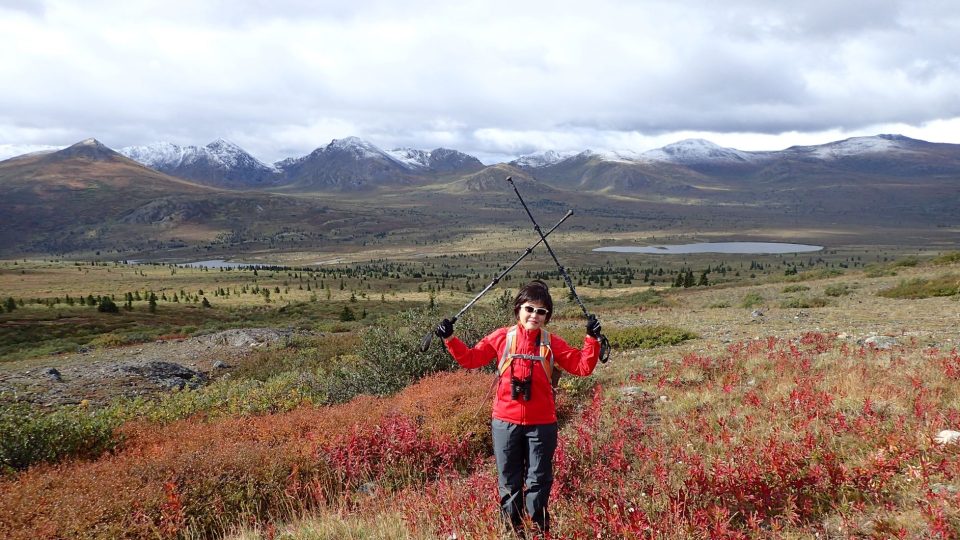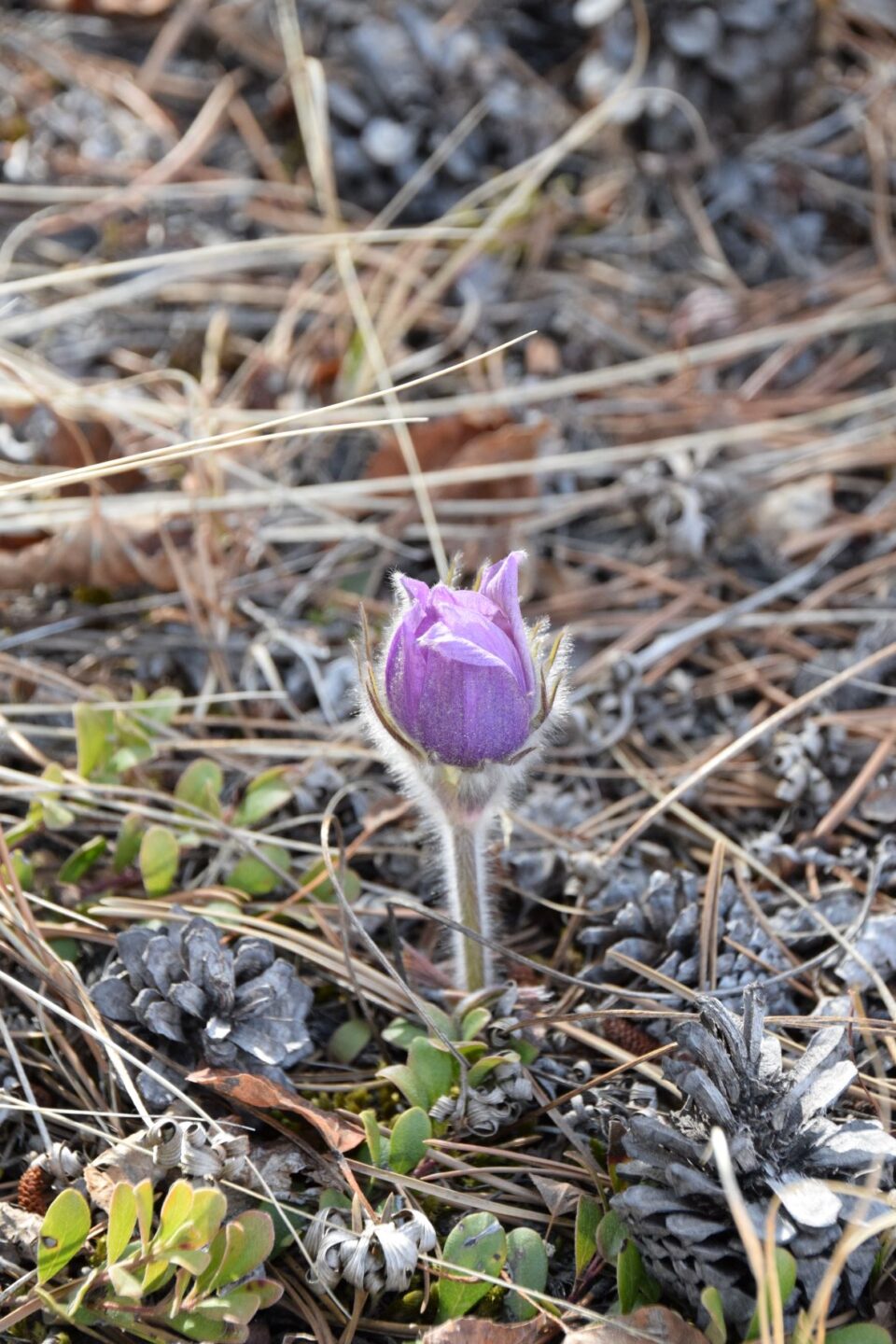Introduction
Hello. My name is Natsuko Kasai. I am a freelance editor-cum-writer and a lifelong learner.
I studied at then Yukon College (now
Yukon University) in the Yukon, Canada, from 2018 to 2020, with lots of Indigenous students as my classmates, which was literally eye-opening experience to me. Unlearning seems to be a key idea when it comes to reconciliation. I found that I could not rely on what I had learned through settlers’ worldview but instead I could move forward by way of “t
wo-eyed seeing.”
In this website, I would show you what I have experienced and learned firsthand in the Yukon. You will see how the colonialism have affected Indigenous peoples in the Yukon (First Nations, Inuit and Metis), how Yukon First Nations have struggled for land claims and self-governance, and what roles Yukon College has done toward decolonization and reconciliation through education.
I hope to make what little contribution to help reconnect people, to promote teaching and learning with two-eyed seeing in Japan, and to save mother earth for the coming generations, through this website.
Natsuko Kasai
 Acknowledging that we live and work on the land of Ainu (Yaunmosir).
Acknowledging that we live and work on the land of Ainu (Yaunmosir).
Acknowledgements
Special thanks go to Roger Ellis, Dr. Antoine Mountain, Dr. Victoria Castillo, Dr. Lianne Marie Leda Charlie, Dr. Hiroshi Oda, Dr. Mikako Yamaguchi, Jewel Davis, Hideaki Matsuda, Kara Shà Tlâ Lepine, Kaylin Horassi, Judy Dean, every other friend in the Yukon and Yukon University.
Contents
Each page has pictures and links to websites in Canada, so you may want to look into the Japanese pages in reference to the Table of Contents below.
1. Introduction
2. Canada’s negative history and darkness
3. Decolonization and Reconciliation on Campus
4. Curricula
・Roger Ellis/ Yukon First Nation Education Directorate(YFNED)
5. Research ethics and Decolonization
6. Indigenous peoples and Land: what is stewardship?
・Jewel Davis: Youth leadership, Modern science + Indigenous knowledge
7 Resources
Outline
Public awareness of the history of Residential schools has increased in Canada, along with a process taken by the Truth and Reconciliation Commission (TRC) of Canada (Cooper-Bolam, 2018; Gettler, 2017). But it cannot be said that understanding and support for former residential school students and their families is enough. Reconciliation is not only about the past; it is an ongoing process that will continue into the future. We have to continue to remember the history of Residential schools accurately, understand the legacy, and support the communities towards the reconciliation.
In 1867, the federal Government of Canada enacted the Indian Act to control Indian lands, determine who was approved as “Indian”, and promote “civilization” of Indigenous peoples through education. The residential school system in Canada began in the 1880s. It was a part of the Assimilation Policies that Indigenous people would eventually be absorbed into the European-based Canadian society. Governments and the major Christian churches agreed to allow the churches to carry on the work of educating and Christianizing First Nations children. Children were taught either in the Roman Catholic, the Anglican or the Baptist Church regardless of their traditional religion (Mahoney, 2018, p.199).
The first residential school in the Yukon was established in 1911 at Carcross by Bishop William Bompas and Bishop Isaac Stringer (Government of Yukon, 2020, p.1). There were four residential schools established in the territory, which were operated and staffed by different religious groups. Since the early 1990s, former residential school students have spoken out about abuses at residential schools. There was a total of 134 schools operating all over Canada, although not simultaneously, and 150,000 children were taken away from their families and communities for the system (Government of Alberta, 2022; Historica Canada, 2022). In 1996, the last residential school in Canada closed.
The Government of Canada could legally impose their ethnocentrism on Indigenous peoples and deprive them of their traditional culture and identities. In Residential schools, when children spoke their language, even amongst themselves, many were punished, and some were even physically punished. Indigenous languages were endangered because of this school system which was enforced for 120 years. There are no residential schools any more, but since their culture and language were broken, First Nations are still having a hard time to revitalize.
In 1973, Chief Elijah Smith and a delegation of representatives from Yukon First Nations presented a document, “Together Today for our Children Tomorrow (TTCT)”, to Prime Minister Pierre Trudeau (Yukon First Nation Self-Government, n.d). It was drafted by the Yukon Native Brotherhood on behalf of the Yukon First nations, and the presentation of the document to Prime Minister Trudeau initiated a modern treaty process in the Yukon. One of the most notable things about the document is that they are looking at the future. They do not require compensation for individuals nor one-off payment. Instead, they are asking for wellness and happiness for future generations and they want to pass their dignity and culture to the future. These are not particular value only to the Indigenous people in the Yukon. We can see universal value in this document.
Self-governance has started for most of the First Nations in the Yukon and indigenization in the education systems are proceeding, addressing challenges and questions, even for Canadian post-secondary (Staples,Klein, Southwick, et al. 2021). But we have to remember there are still lots of residential school survivors and their families suffering from the trauma and poor education. Reconciliation has to be continued into the future. Through education, we will be able to know and understand even hidden corner of the history, and let even a small story goes for the reconciliation.
Government of Alberta. (2022). Residential school research and recognition. Retrieved from Residential school research and recognition | Alberta.ca
Historica Canada. (2022). Residential Schools in Canada. Retrieved from Residential Schools in Canada | The Canadian Encyclopedia
Staples, K., Klein, R., Southwick, T. et al. (2021).Indigenization and University Governance: Reflections from the Transition to Yukon University. Tert Educ Manag 27, 209–225. Retrieved from https://rdcu.be/cw4Fo


